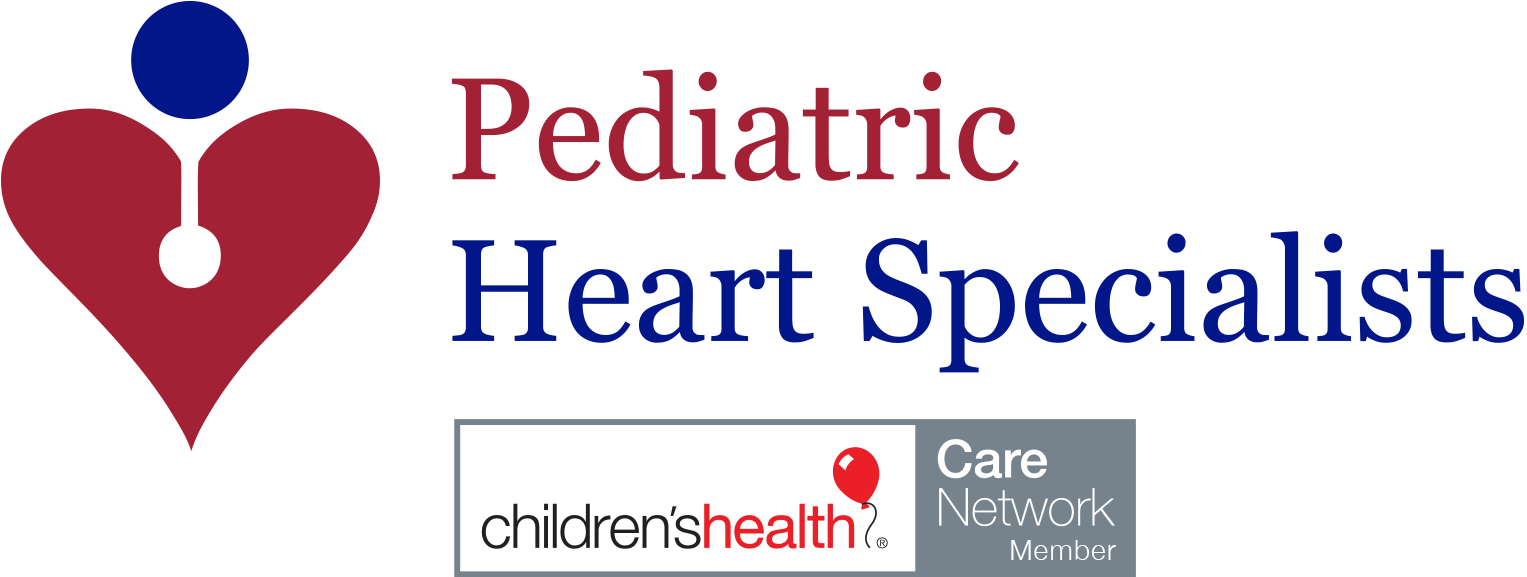Can atrial fibrillation happen in children?
- Details
Atrial fibrillation is the most common arrhythmia found in older adults. Most people have heard of it before. In fact, most people either have a relative, parent, or other friend that has experienced atrial fibrillation. It's just that common!
Atrial fibrillation is an electrical disturbance of the atrium in which many different parts of the atrium fire simultaneously. The atrial rate can subsequently be as high as 350-400 times per minute, sometimes even faster. The electrical activity of the atria becomes very disorganized. Fortunately not every one of these beats are conducted to the ventricles. The AV node may only let every third or fourth beat through, or sometimes even less. The ventricles end up going a variable speed, sometimes 80 beats per minute, sometimes 150 beats per minute. Most people with atrial fibrillation are symptomatic, but not always.
Atrial fibrillation is most common in older adults with pre-existing heart problems. For example, people who have had heart attacks (myocardial infarctions) may be prone to atrial fibrillation. Likewise it can be seen in people with long standing high blood pressure, or other chronic health issues.
Fortunately atrial fibrillation in children is very uncommon. In general, most children have normal, healthy hearts. Even those children who do have problems such as high blood pressure or high cholesterol only rarely experience atrial fibrillation. For this reason, it is one of the most uncommon arrhythmias found in children. Arrhythmias as supraventricular tachycardia (SVT) are much more common, as are other problems such as junctional or atrial tachycardia.
Rarely atrial fibrillation does happen in children. Teenagers with Wolff-Parkinson-White syndrome (WPW) have a slightly higher incidence of atrial fibrillation compared to the general population. In this setting, atrial fibrillation can present a serious risk because of rapid conduction to the ventricle via an accessory pathway. Because of this risk, most experts recommend that a patient with WPW should have an electrophysiology study and potentially a radiofrequency ablation by the time they reach their teenage years. Atrial fibrillation can also occasionally result as a byproduct of other forms of reentrant SVT. Sometimes the SVT circuit can trigger an episode of atrial fibrillation.
Atrial fibrillation in children can also be found in the setting of structural heart disease. Some patients with repaired congenital heart disease can develop atrial fibrillation because of scar tissue from surgery in the atria, or as a result of hemodynamic issues such as high atrial pressures. For example, we have encountered a few teenagers over the years who developed atrial fibrillation as a result of residual high blood pressure in the setting of repaired coarctation of the aorta.
Finally, atrial fibrillatin in children can be seen in association with certain cardiomyopathies. Hypertrophic cardiomyopathy is one of the most common.
Atrial fibrillation in children is usually treated with electrical cardioversion. A decision is then made as to whether it’s necessary to treat the youngster long term with medication to prevent recurrences. Usually this is unnecessary after only a single episode in a child with an otherwise normal heart.
Posted by in .
